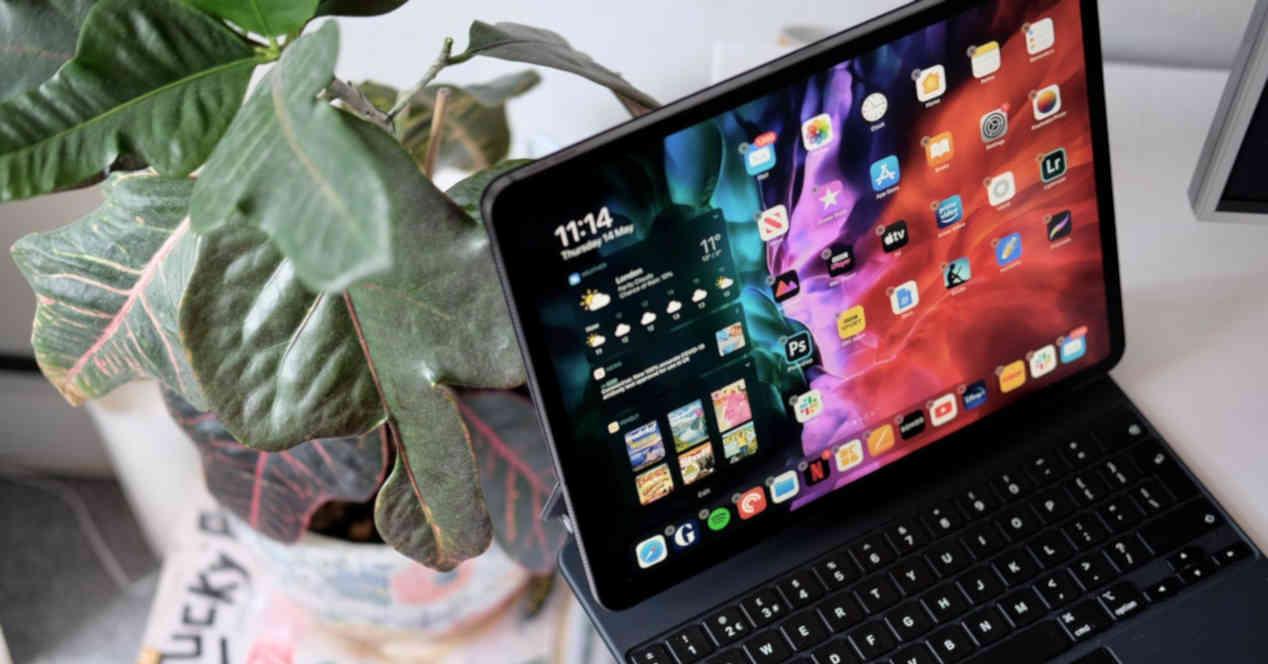One of the peculiarities of the different ranges of each product is not only the ability to achieve different purchasing power levels, but each range is presented in a different way, the high range being the one with the lowest level of purchasing power. demand, but with the highest level of profit and the low end of the market which has a greater volume but with extremely low margins.
Rising chip manufacturing costs along with the push for PostPC devices may result in a new type of PC being created in the low end of the market, completely replacing PCs when it comes to internal hardware, not so in functionality.
The “end” of Moore’s Law as a driving force behind changes in the low end
Moore’s Law tells us that from time to time the number of transistors in a given area doubles, allowing for more complex processors and systems.
In recent years we have heard about the death of Moore’s Law, this statement is due to the product of aligning Moore’s Law statement with the cost per transistor, which has increased in such a way that the cost per Area did not stay intact or fell but increased.
This means that if a manufacturer has a budget per chip, they find that the surface area they can use at the same cost is less, unless they decide to increase the prices, which is counterproductive for the market. low end which is already evolving. with margins
The consequences in the design of processors are already being felt


In order to use smaller processors, Intel and AMD have decided to take different paths to mitigate the increase in cost per zone of their new processors.
At AMD, the solution has been to separate the CPU cores and their caches from what is the rest of the processor, Northbridge and Southbridge, placing all of the elements in an MCM configuration.
At Intel, the solution has come to separate only the Southbridge, but in a 3DIC configuration, as seen at Lakefield, in which we have all the I / O interfaces on a separate chip.
The birth of a new type of computer
To understand why the quantity of PostPC devices disguised as computers will appear in the years to come, one must understand a phenomenon which is none other than the increase in chip size not only removes fewer chips per wafer, but also each. of these chips has a higher failure percentage than the smaller ones.
PostPC devices use SoCs with an area that is typically no more than 120mm2 which is a much smaller size than PC SoCs, as well as the processors and GPUs we usually use in our PCs, making them extremely attractive in expensive to want to keep costs low.
With the increase in the cost per mm2 of the wafers, this leads the PC in the lower end of the market to disappear, as the margins are going to be much lower, but SoCs for smartphones cannot cover the needs in terms of capacity. connectivity of PC peripherals.
The Chiplet-based future isn’t just for the PC
In an interview with Qualcomm’s Alex Katouzian, he discussed splitting their SoCs into multiple chips, which is known as a chip-based setup, which is interesting given that Qualcomm does not make processors for PC.
That’s a very good question, listen, I think it will take a few more years. And let me give you an analogy, you know, but you can compare solar panels. Let’s say you are 100% efficient or close to what you spend. You could add more panels, but then you would enter diminishing returns. When it comes to (chipmaking) technology, I think we have a few more years to go before we can fit everything into one SoC.
Obviously, the chip surface is starting to grow, but the reduction in size of the transistors cannot keep up with the growth in functionality. But, like I said, the efficiency of reusing a process (or a manufacturing node) or a modified version of it gives us some capacity, so I think it It will be a few more years before we can think of separating the chip in this way it makes sense for us to do it in parts.
The other thing to keep in mind is that you are talking about a heterogeneous system on a chip, which means that there are parts of the chip that depend on others to function. It’s not as simple as saying, I’ll take the graphics apart and put them somewhere else, or take the processor out and put it somewhere else. We are studying it, but I would say that in three or four years our architecture will change, but we have a few more years before that happens.
These Qualcomm statements are important because we can think from the start that due to the smaller size of SoCs for PostPC devices, it is possible to create larger SoCs, but it doesn’t seem like this is the way they will be borrowing from the approach will be to separate some of the SoC functionality for PostPC devices on a separate chip.
Post-PC devices with the scalability of a PC
If we were to choose the differences between a PC device and a Post-PC device apart from using the ARM register and instruction set on one side and x86 on the other, the key answer would be the extensibility of different types of devices. .
For example, a laptop may need multiple USB ports, video output, and even ports to expand storage capacity. This would mean having to build a new SoC, which has these interfaces. On the other hand, the Southbridge is separate from the rest of the chip, allowing SoC makers for PostPC devices to redesign their SoCs for use in ultra-low power PCs without having to create another chip model.
This opens the door to a new type of device, which are devices with PostPC processors but with the expandability of a laptop or AIO, all thanks to the separation of the Southbridge from the SoC. These devices will be placed in the lowest part of the market and will result from the increase in the cost of wafers which has been brewing for some time.
But we can also see computers with a complex Southbridge which allow several PCI Express ports, for example, the most secure under the CXL protocol, this allows the use of dedicated graphics cards in this new type of computer.
The end of x86 computers at the low end of the PC?
With everything explained above, it is clear that the low end in the PC case has the sword of Damocles on top. One of the things that we will most likely see in a few years at Intel and AMD is the hybrid processors between x86 and ARM, these will be processors that will take code written for x86 and reinterpret it into ARM code using units. special for this.
These processors won’t do continuous reinterpretation, but when installing an application what the coprocessor in charge of the interpreter will do is translate the code into ARM, it won’t do as efficiently as a compilation. direct.
The key is that the interpreter coprocessor can be added not as part of the main unit but as part of the separate Southbridge.
Table of Contents













